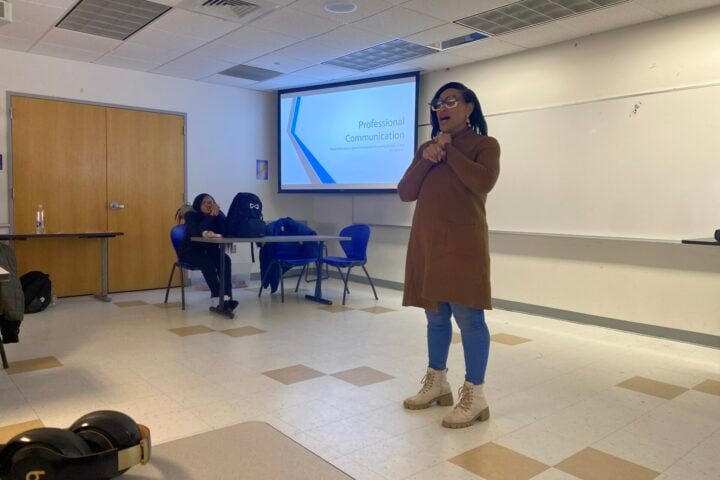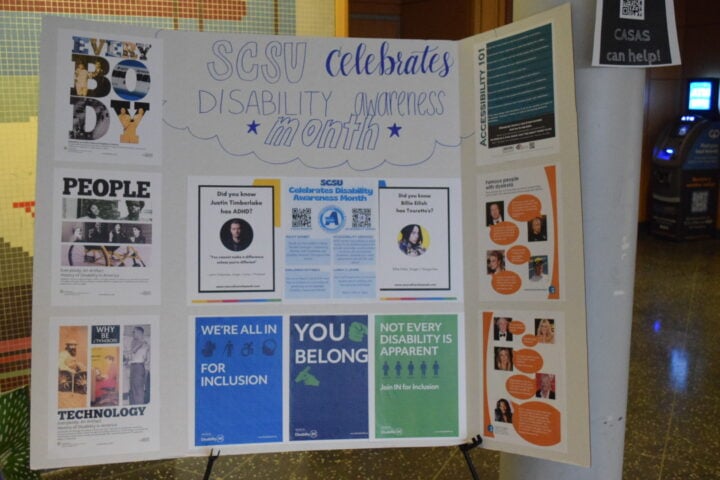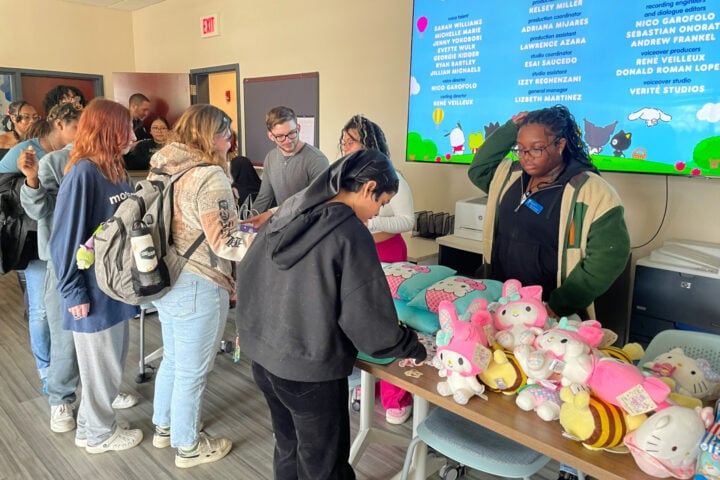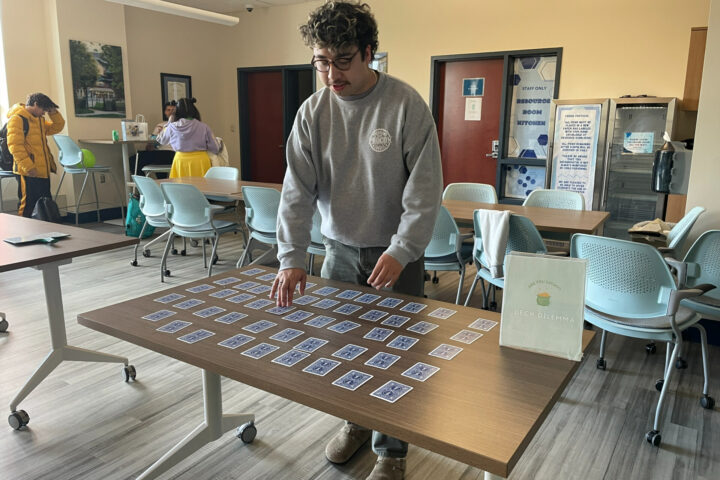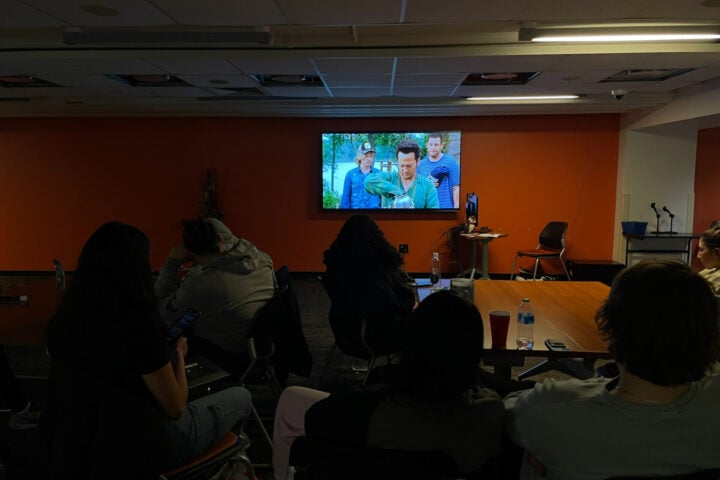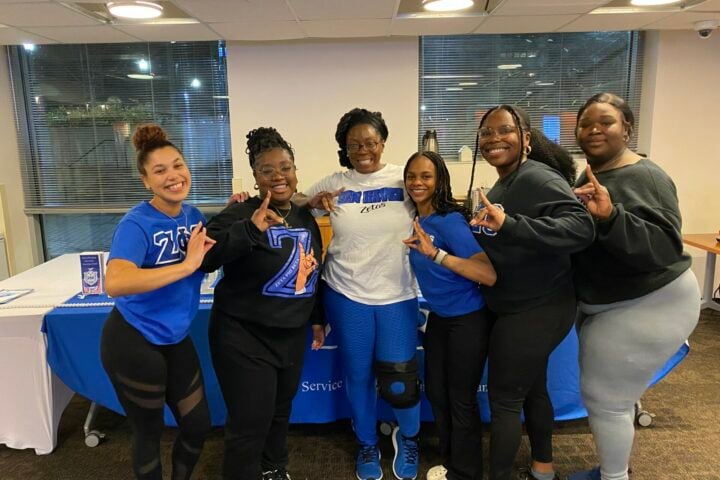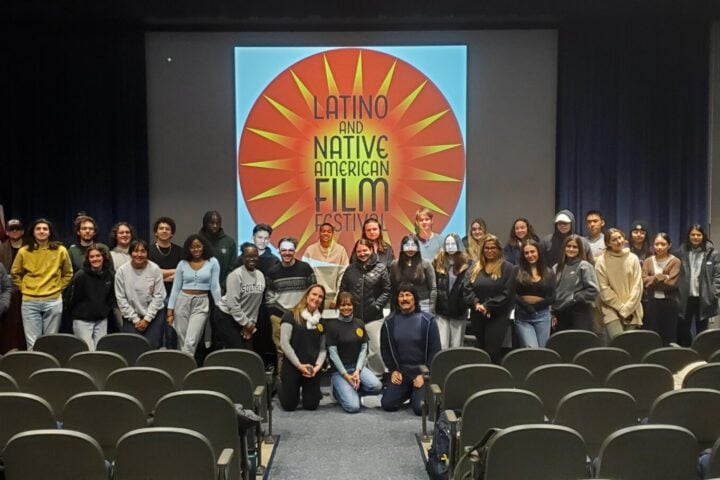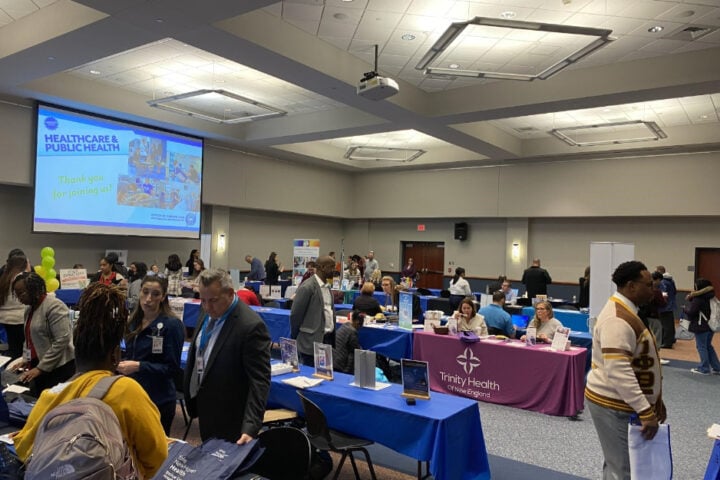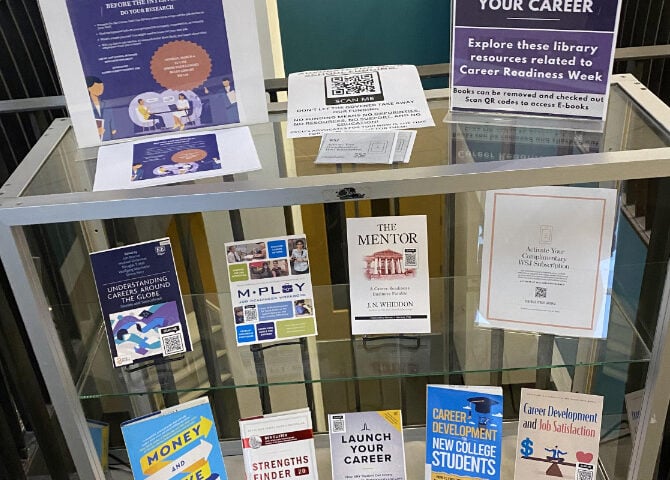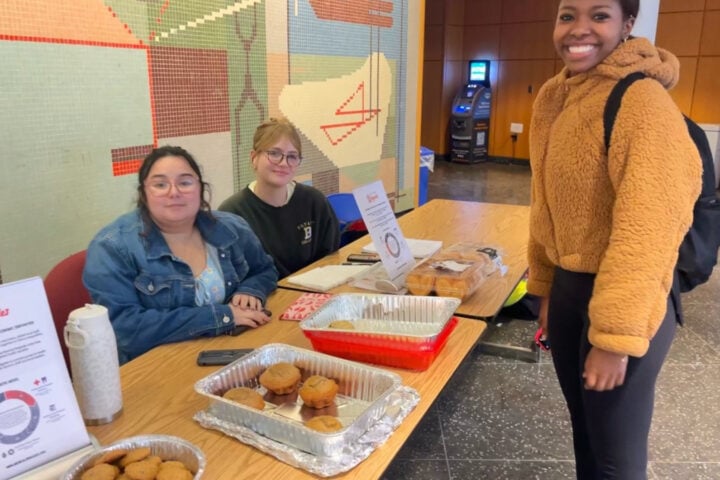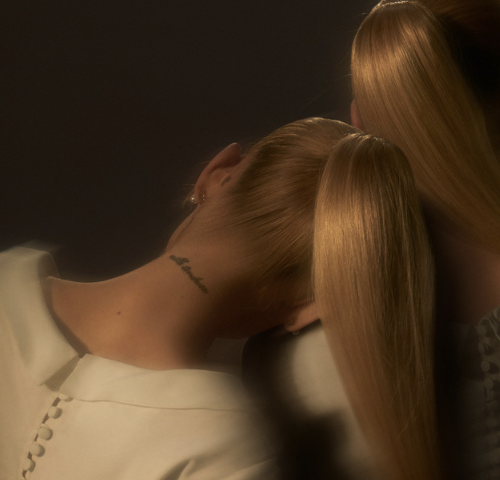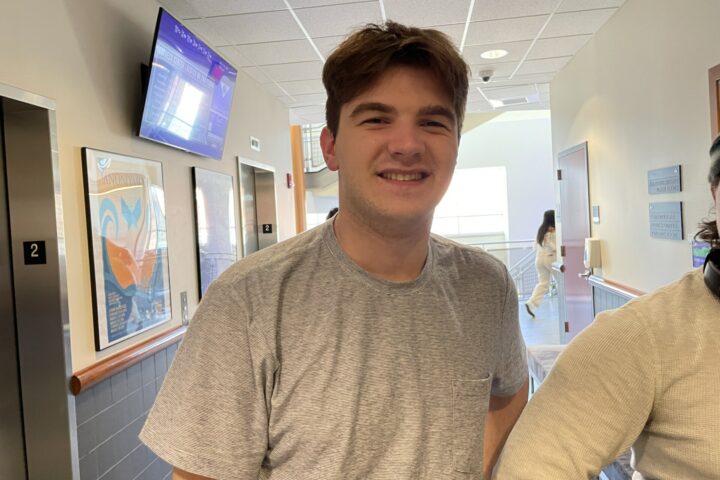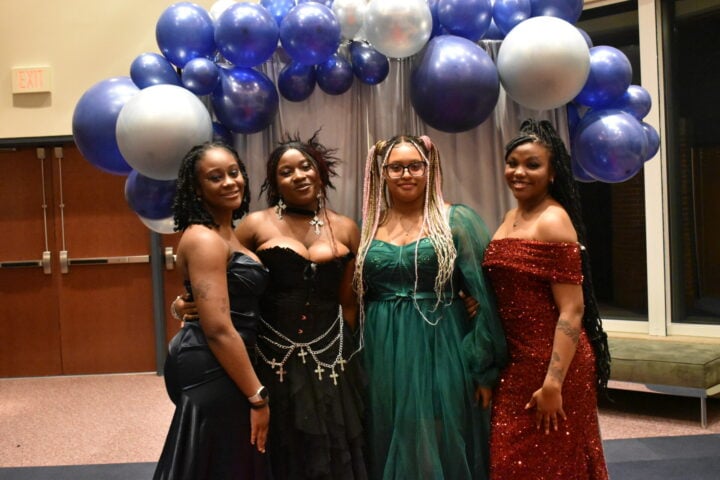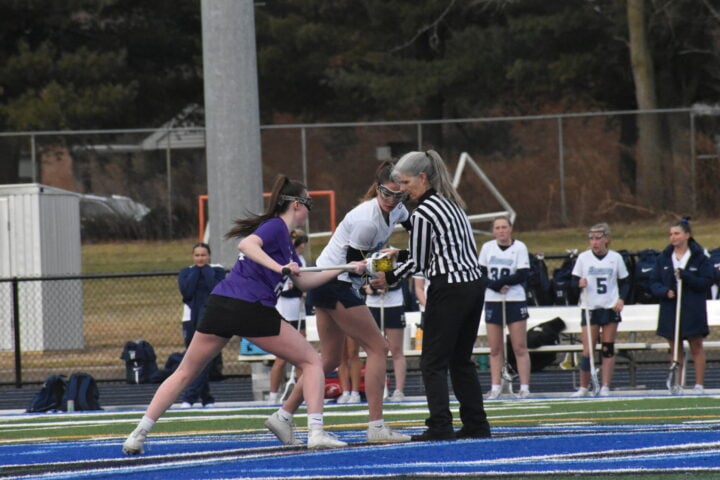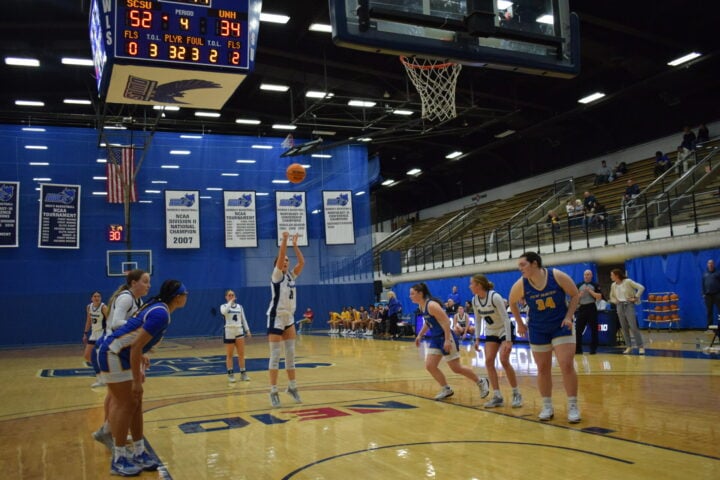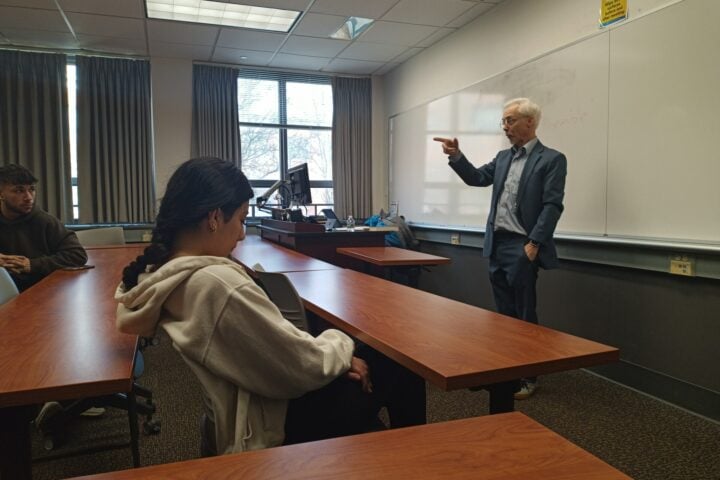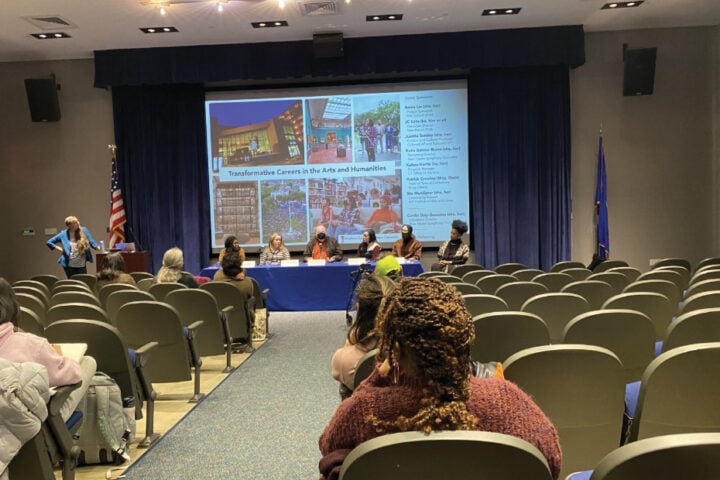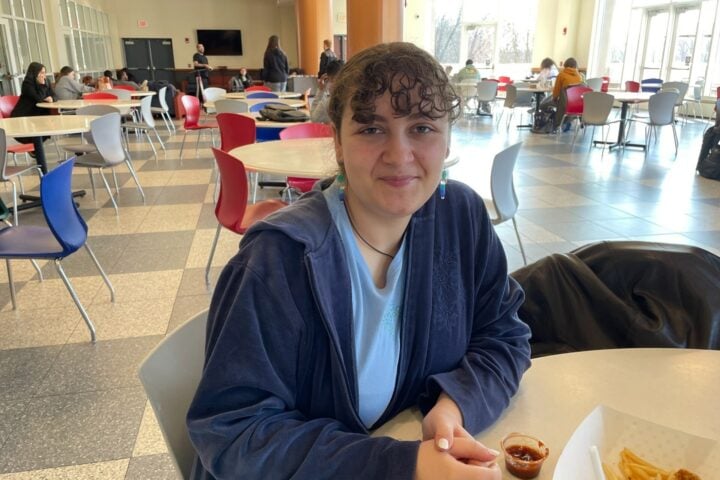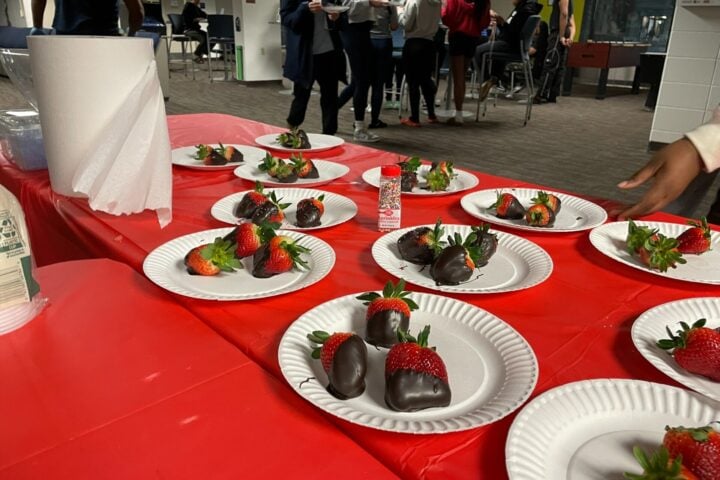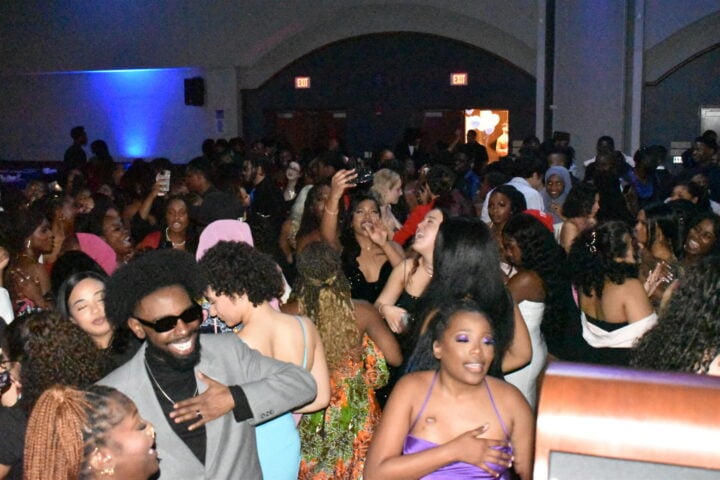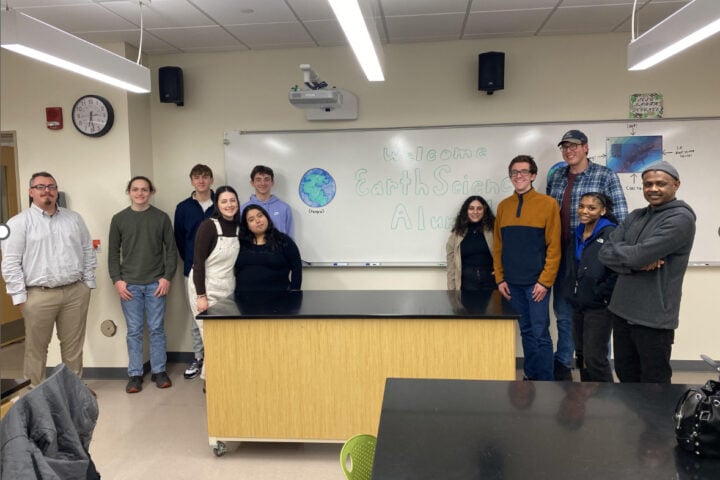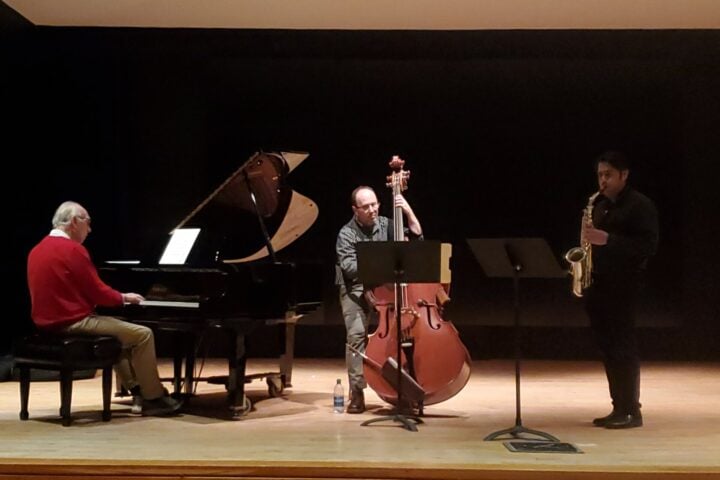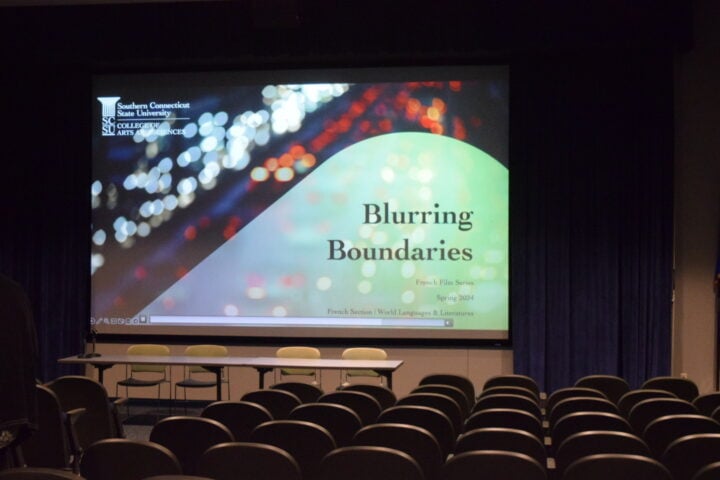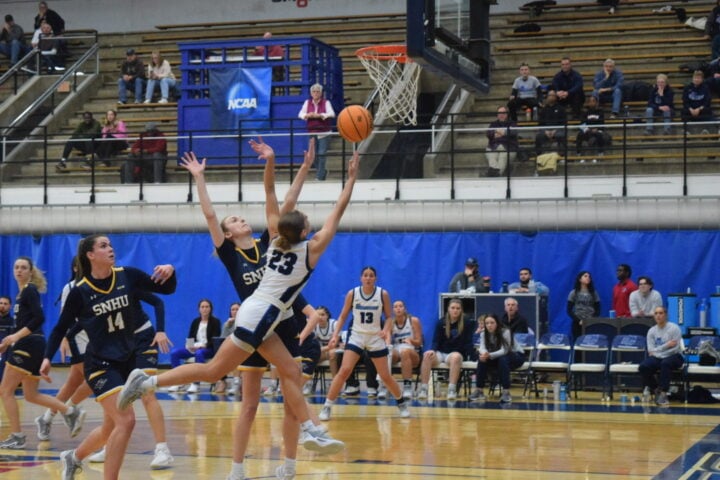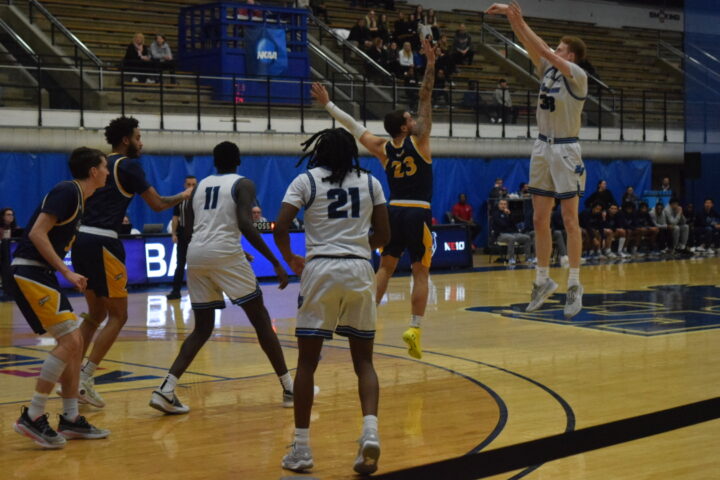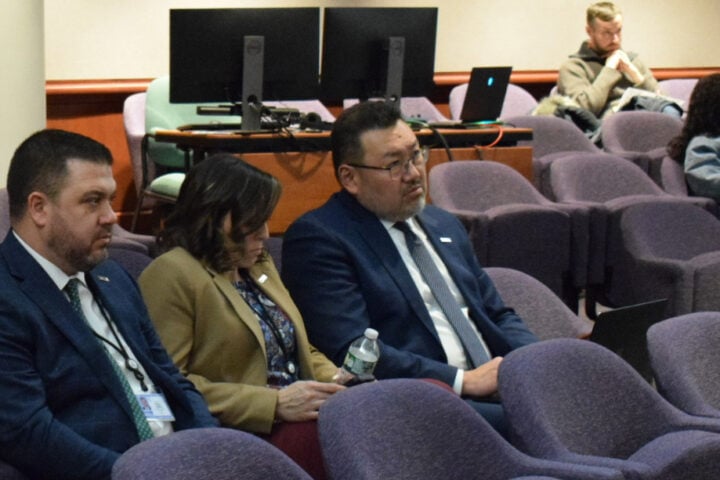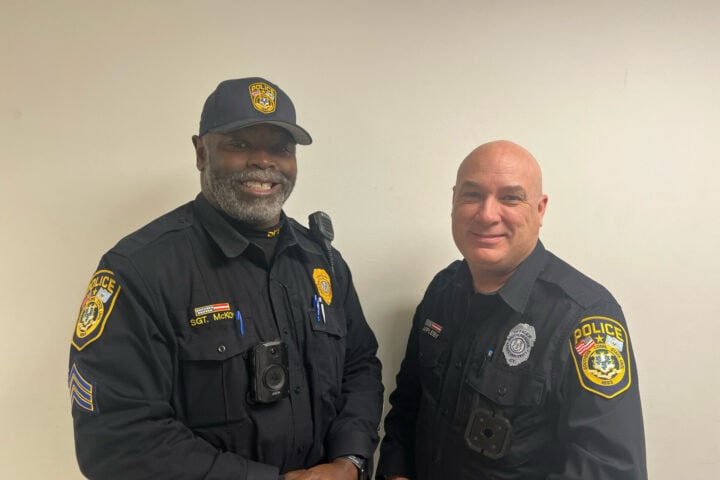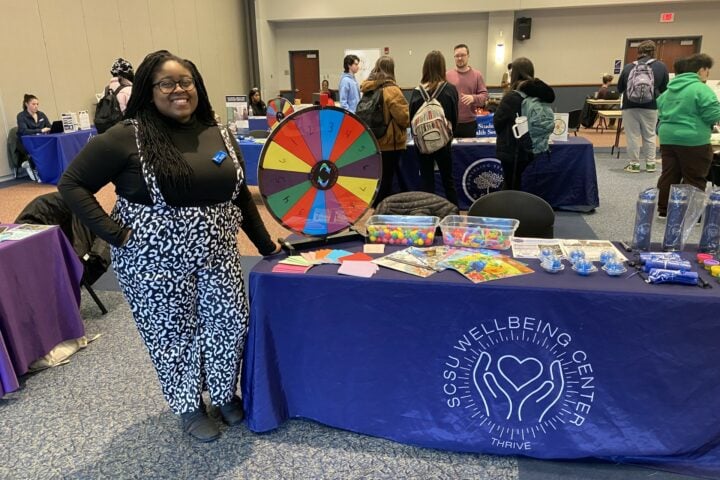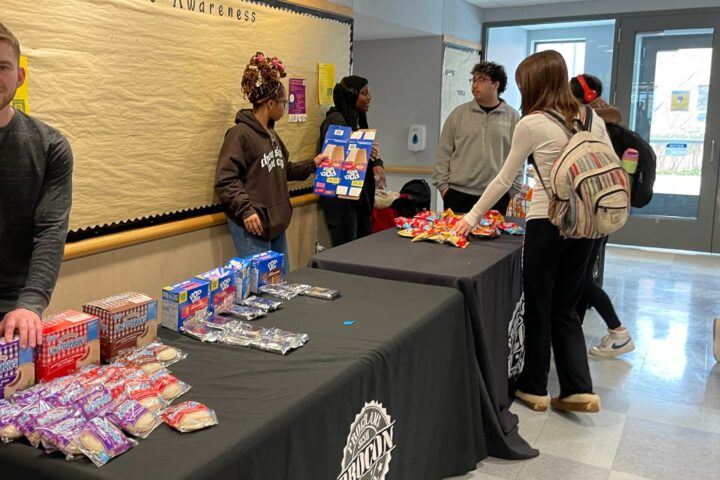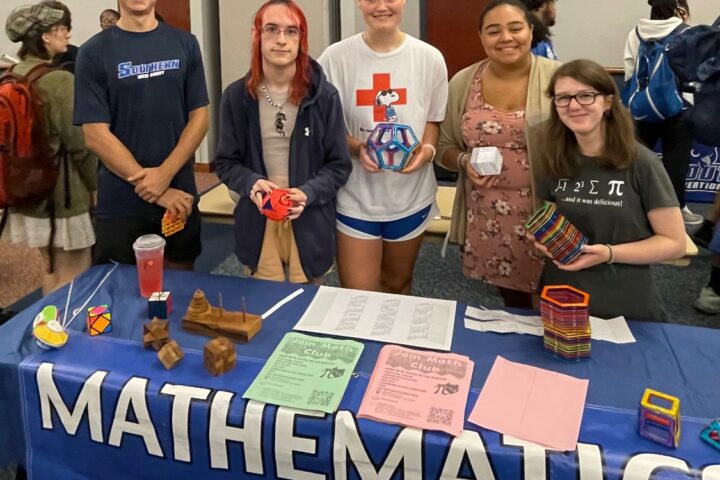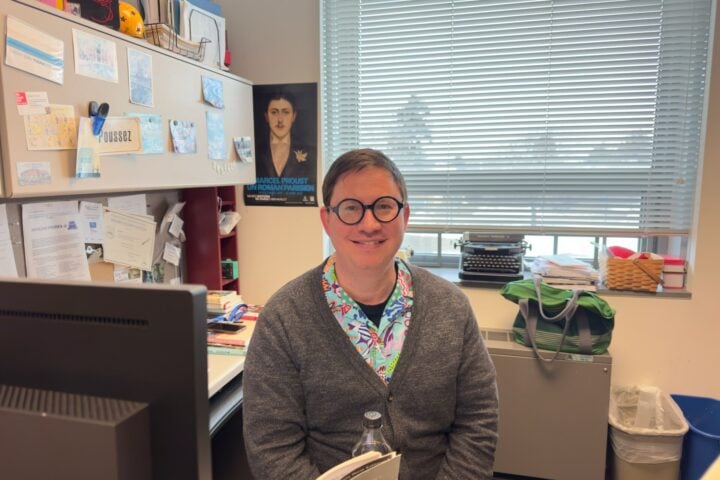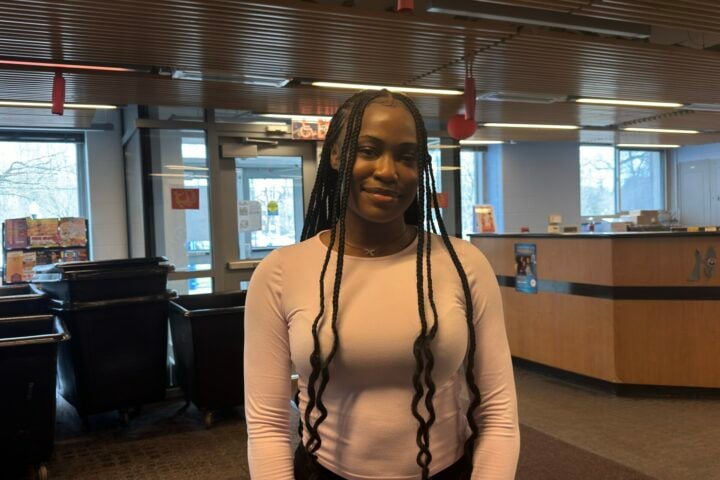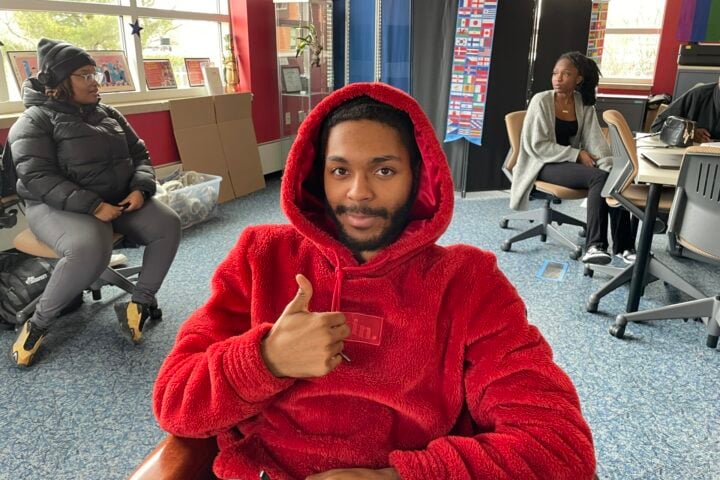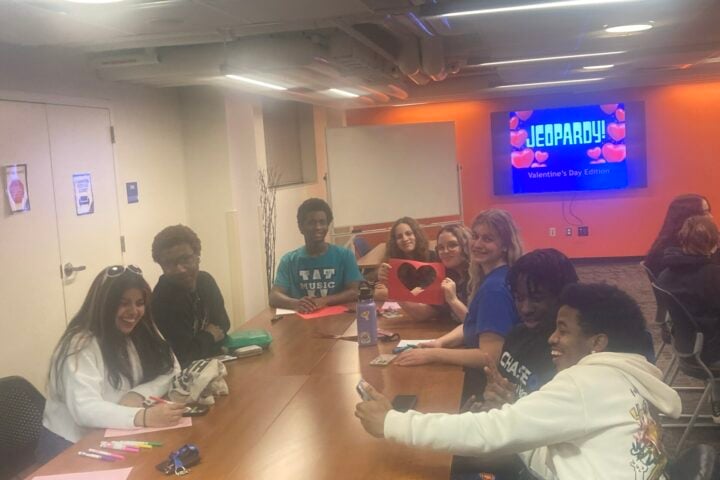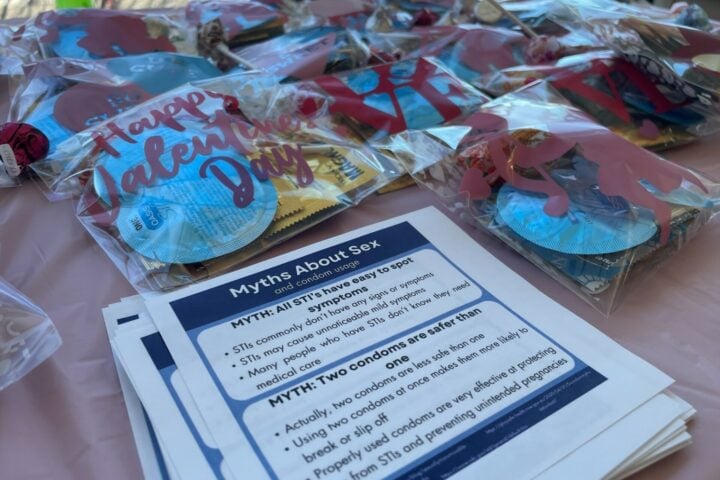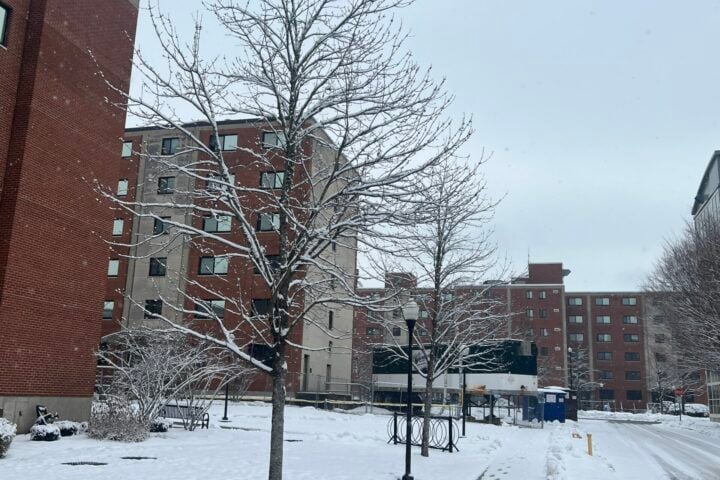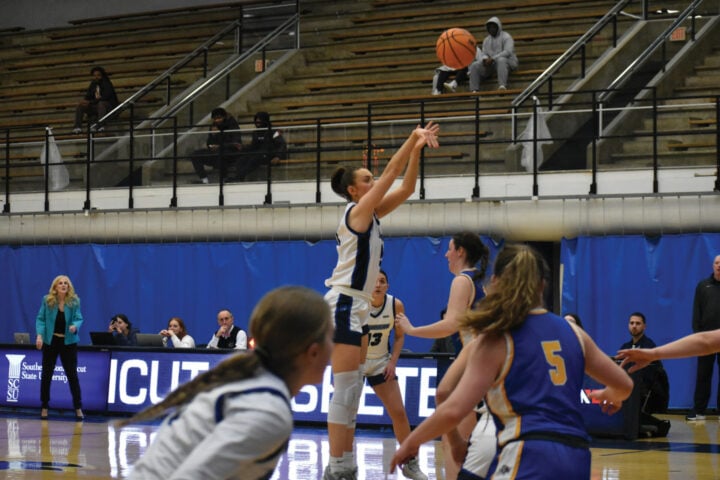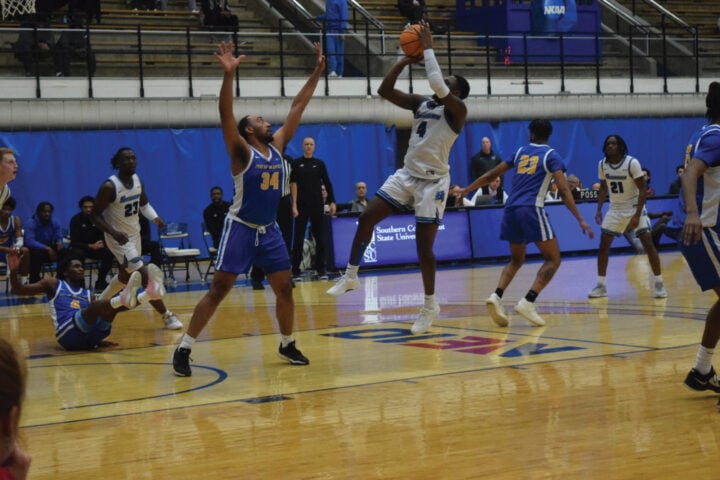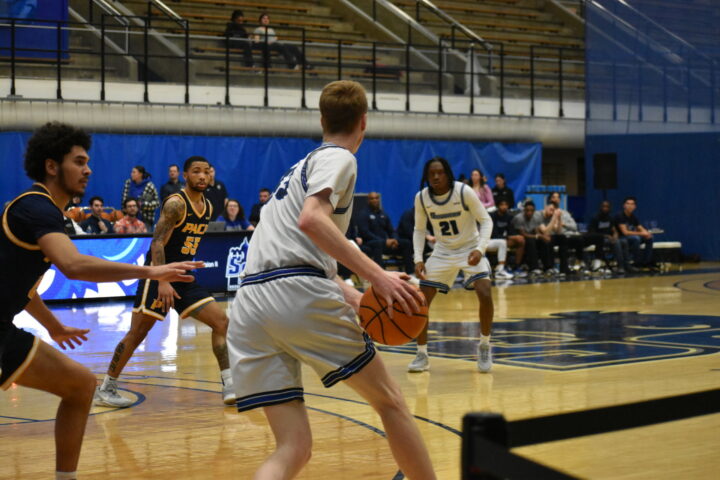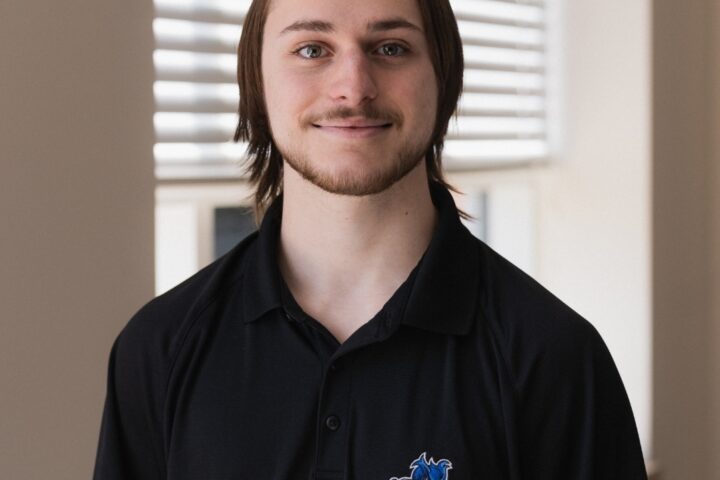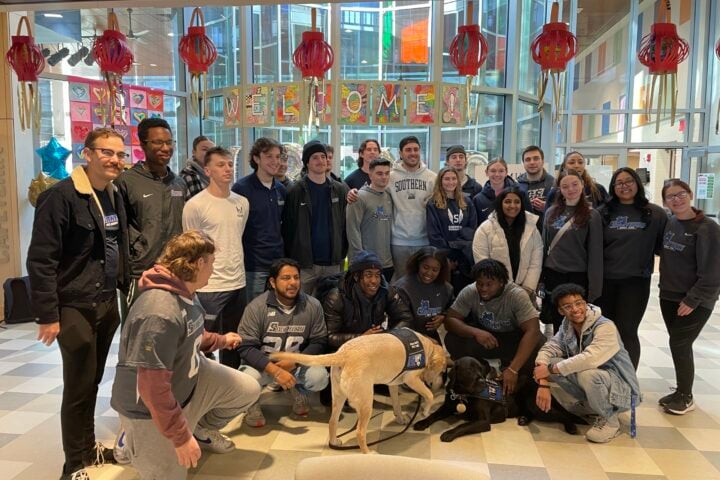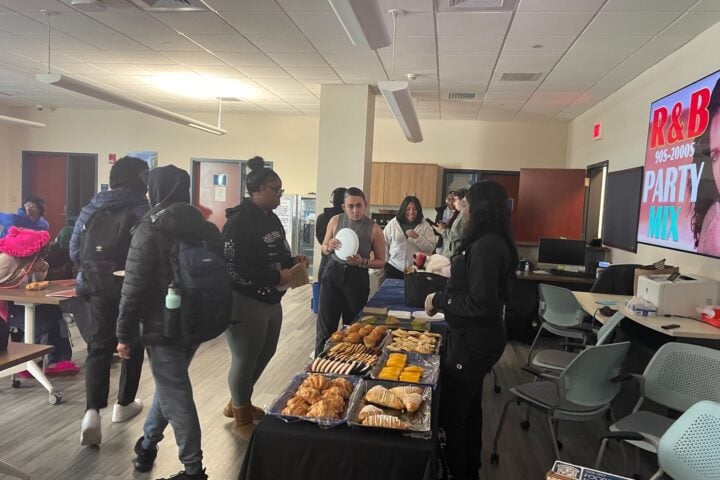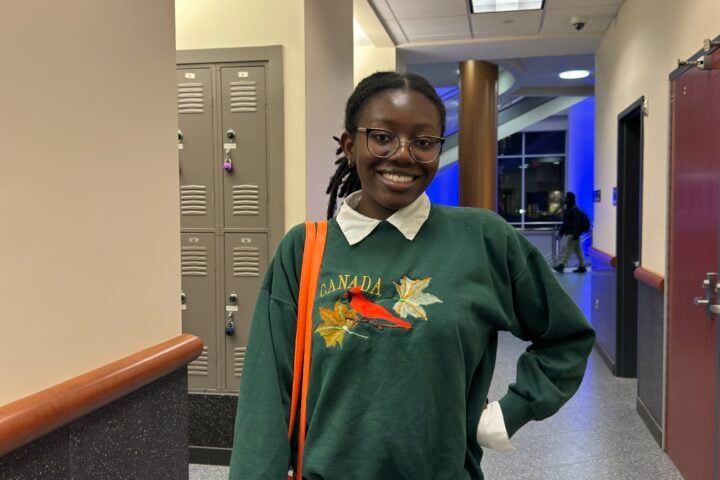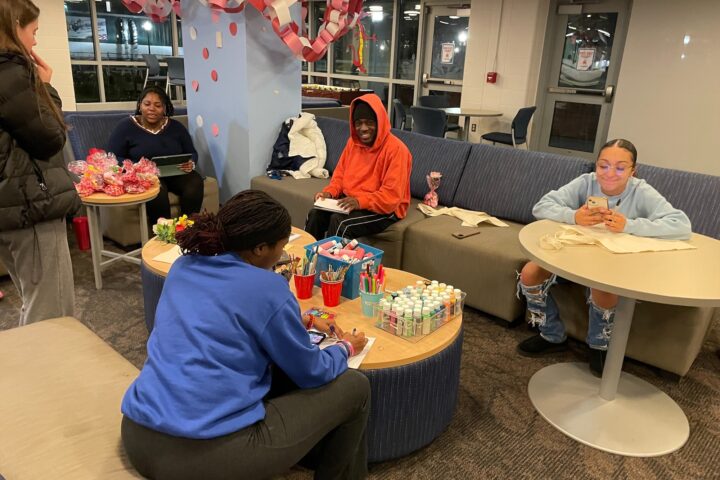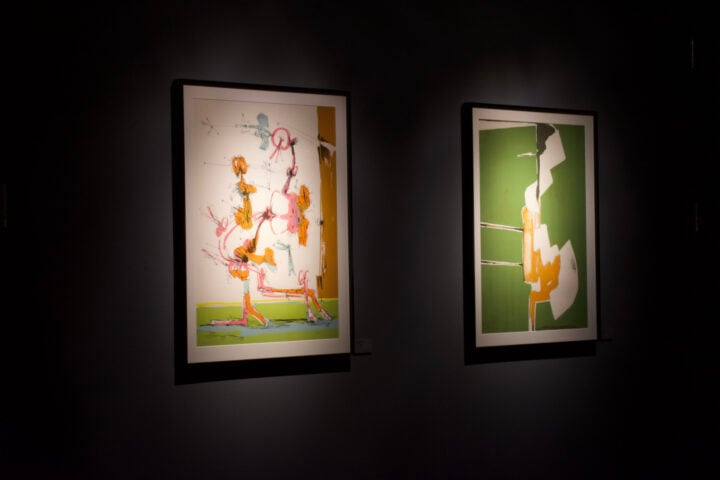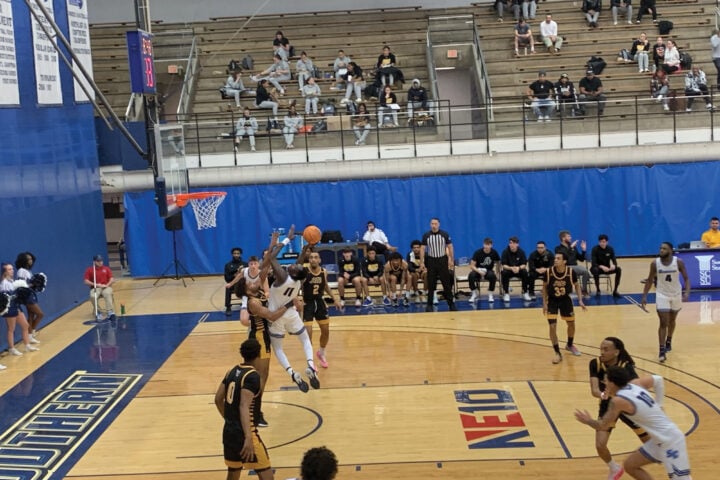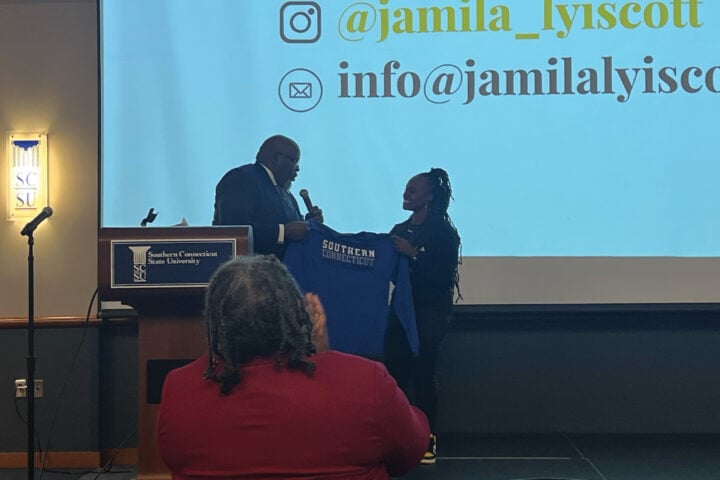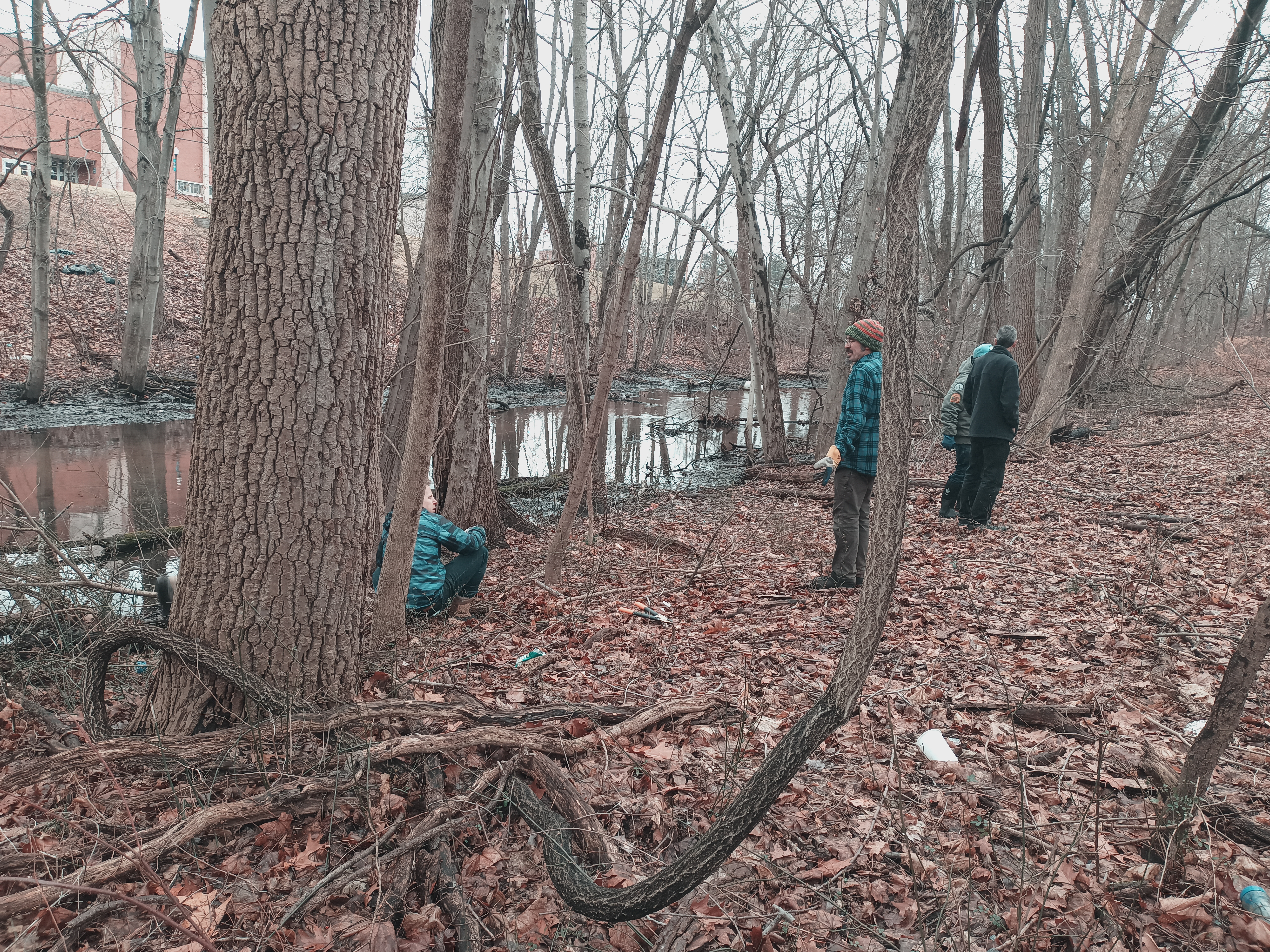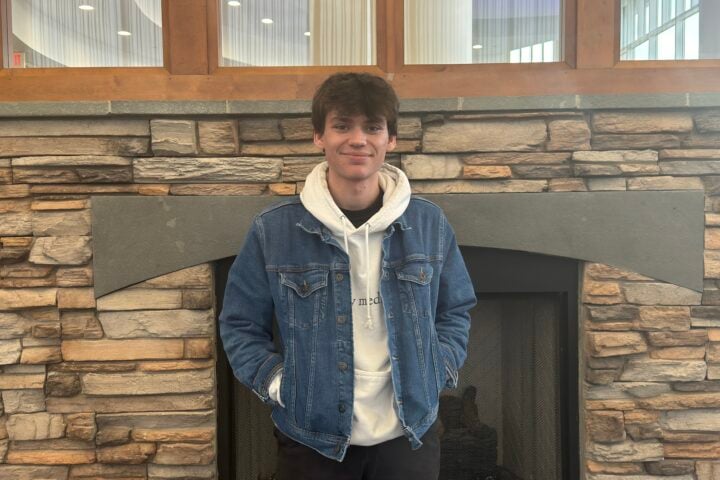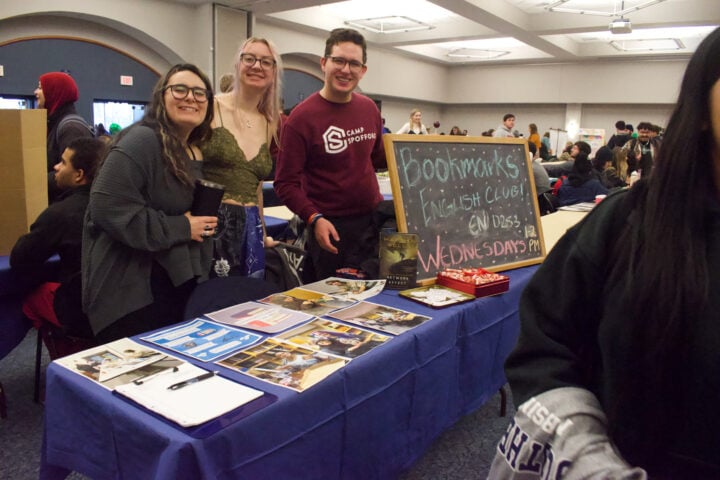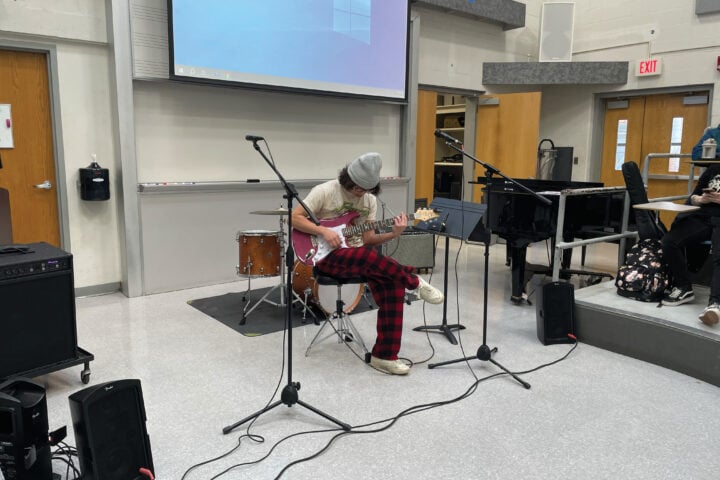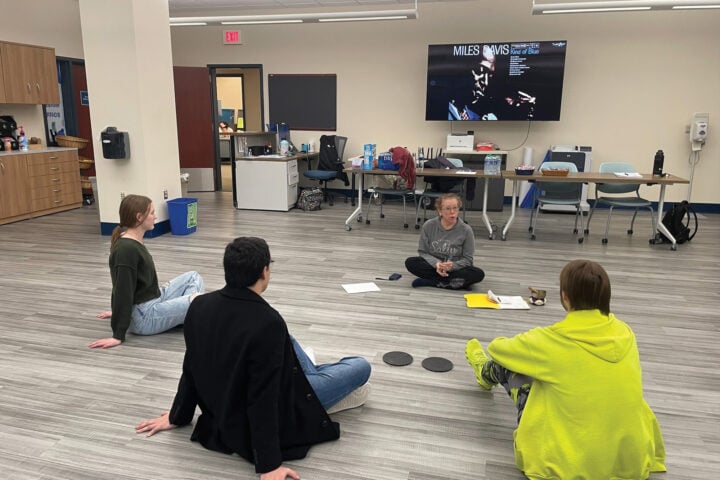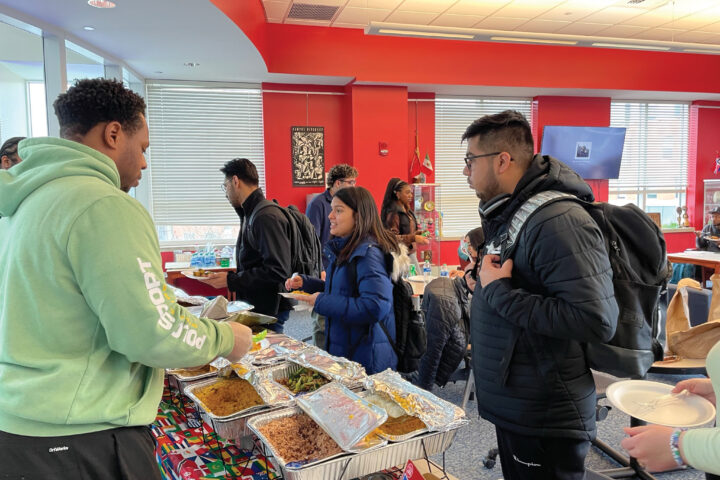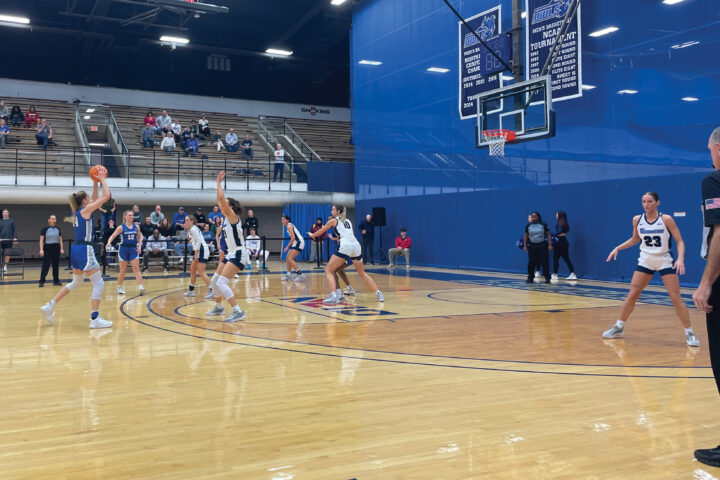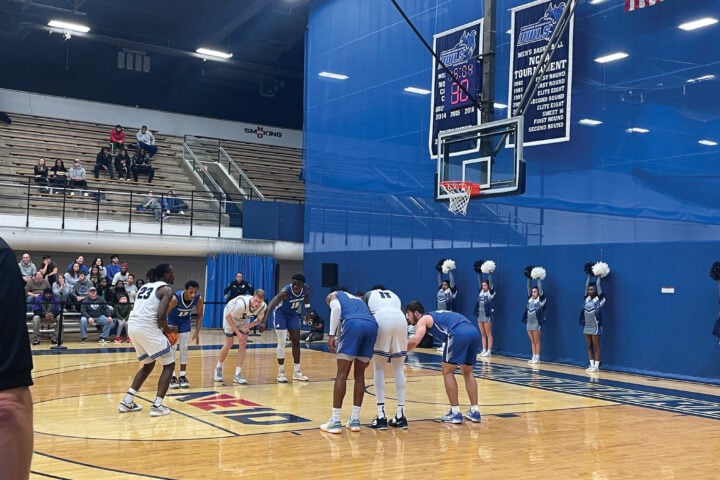Jene Thomas – General Assignment Reporter
Despite her Lupus, Hanan Hameen taught the group of how to move their bodies through dancing in order to convey a message of beauty.
“It relates to beauty because it makes you look at the body in its naturalness, with every shape you are and [dancing] presents it in a way that glorifies it,” she said.
As a way of celebrating Women’s History Month, the women’s center and women’s studies program invited Hameen to teach a seminar on traditional African dancing on March 4 in Rm. 301 in the Adanti Student Center. The event was designed to teach the audience a variety of dance moves to help them love their bodies. It was more than just dancing, Hameen said.
“Every step has a meaning,” she said.
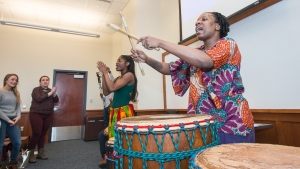 She described dancing as a language, each movement meaning something different. Rather than referring to the movement of the hips as “twerking,” she explained in its African origin, it meant fertility. It represented the life force growing inside women and that beauty needed to be shown.
She described dancing as a language, each movement meaning something different. Rather than referring to the movement of the hips as “twerking,” she explained in its African origin, it meant fertility. It represented the life force growing inside women and that beauty needed to be shown.
As she stood up to teach some of the movements, she told the crowd that this would be an interactive session. She stood and asked that everyone stood as well.
She clasped her hands together and asked the group to mimic her movements. She described it as holding a scarf. She reached to the right, moving her legs with her and then over to the left. She then reached to the sky and repeated the movement three times. This was the dance to give praise to the God, or the creator.
“It’s about being one with nature,” said Freda Grant, grad intern for the women’s studies department.
Due to her lupus, Hameen spent a lot of time in her chair, playing on a set of four African drums and teaching the lyrics to Africans songs while her assistant, Stevonya Rogers, danced along to them.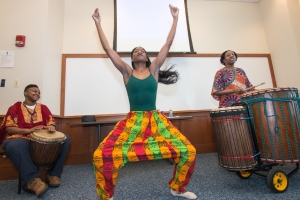
According to the Lupus Foundation of America, lupus is defined as “a chronic, autoimmune disease that can damage any part of the body,” whether it is the skin, joints of muscle movements. For someone who has been dancing for 34 years, Hameen struggled with the disease and the effect it had on her body but she told the crowd that she wouldn’t let the condition stop her.
“For two years, I fought hard to keep going,” she said.
The celebratory event took a pause from dancing to partake in foods that resonated with African American culture. The table offered chicken, black-eyed peas, collared greens, peach cobbler and macaroni and cheese. While the audience ate, Hameen discussed the history of the style of dancing.
Many of the steps involved in traditional African dancing came from the slaves who had no other means of communicating when working.
“I really, really liked it,” said Elizabeth Barnes, who attended the event. “ I didn’t know much about the history of dance or where a lot of the traditions started.”
This was the 2nd Women’s Witt and Wisdom program held at Southern Connecticut State University, with the first one being in the fall semester. Each March, the women’s center also hosts “Beauty Across Culture” to celebrate the inner beauty of women across the world. The program on Wednesday was designed to combine both programs.
Catherine Christy, director of the women’s center on campus, wanted a program that would “honor women’s ways and to share different aspects and thoughts from women that we thought would be powerful and interesting.”
The spirituality expressed through the movements was what Hameen wanted everyone to leave the room with.
“That, to me is what shows the beauty,” Hameen said, “because it’s about how we move, why we move, spiritually who we are and what we as women represent and what we bring to the world.”
Photo Credit: Derek Torrellas


























